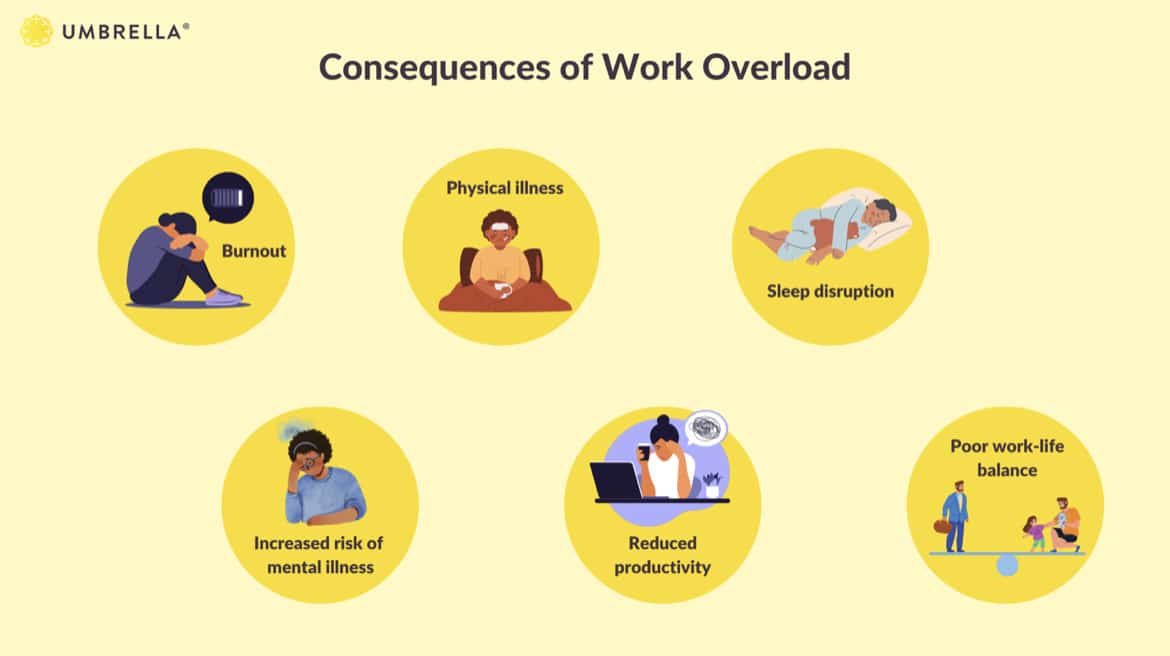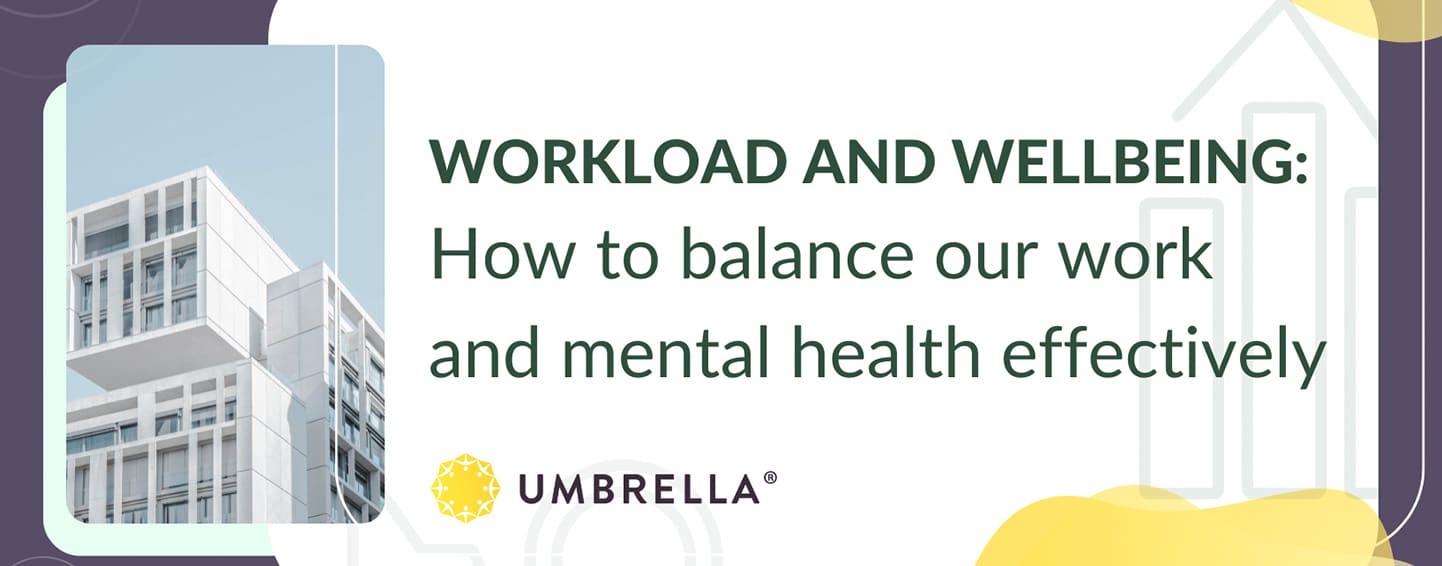Too much to do and not enough time? We’re all likely to have experienced this feeling – maybe too often! No matter how many tasks we cross off our to-do list, it seems to be forever growing as there’s always more to do. Of course, having things to do at work, whether fun/interesting projects we chose to work on or those tedious admin tasks, is not a bad thing in itself.
Our workload becomes a problem when we have unreasonable deadlines or multiple deadlines to meet, increased workload and pressures due to staff shortages, and insufficient resources to manage these excessive workloads. If we continue to overwork ourselves, this can cause stress and overwhelm, often leading to burnout, poor mental and physical health outcomes, and reduced job performance.
The other side of workload is when we have too little to do. When our workload is too low, boredom takes over, which then negatively affects job satisfaction and mental wellbeing. So, the challenge is finding the right balance of workload – both for ourselves individually and, if we are a leader or manager, for our teams.

With plenty of research done in this field, the consequences of work overload are, unfortunately, all too familiar. Take Mary for example.
Mary’s organisation is facing a restructuring and now, on top of her usual workload, she’s also managing all of the changes from the restructure. She volunteered to be a change champion because she’s feeling enthusiastic about this innovation. However, due to the high level of uncertainty, her workload on a day-to-day basis increased dramatically. She’s the only one who answers all the questions related to the change and more than 100 curious and anxious employees contacted her last week to ask what’s coming up. Mary has not received extra support and resources to help her manage these enquiries, and now feels overwhelmed. She’s started working longer hours, staying in the office until late, experiencing sleep disruptions and she often misses telling bedtime stories and tucking in her son because of her increased workload.
Maybe you can relate to Mary’s situation or feelings of overwhelm. Thankfully, there are ways around this. As individuals, we can learn to become more resilient by developing our coping skills to manage stress more effectively. If you’re an organisation interested in expanding your team’s resilience skills, explore our training workshops run by our expert clinical psychologists. This isn’t the only solution though, of course, and oftentimes it fails to treat the root cause of the problem: the workload itself.
How to manage employee workloads and promote wellbeing at work
What can Mary’s organisation or manager do to plan and distribute her workload more effectively to reduce her current burden? In a previous article, we wrote about the legal duties and obligations that employers have when it comes to avoiding overwork – check it out here. Based on this duty, consider some of the evidence-based recommendations we’ve gathered below on managing heavy workloads.
- Review, communicate and set clear priorities. As a leader, figuring out your team members’ workload and current capacity is vital for reviewing what tasks are a priority, and what tasks or projects you can postpone for later. Instead of overburdening your team, try to pare back less impactful work, streamline time-consuming tasks or clearly communicate deadlines based on organisational priorities. You may want to consider whether you, or the managers you support, require additional training to do this well.
– - Encourage oscillation between work and recovery. Oscillation at work is the cycling between periods of activity (e.g., work) and periods of recovery during the workday. Leaders can model this behaviour, such as by engaging in micro-breaks and telling your team you’re taking a quick walk around the block. This is important, as research has found that when there is modelling and support for recovery, this enhances the effect of micro-break activities on workplace wellbeing. Some examples of micro-break activities include: socialising with colleagues, connecting with significant others, surfing the internet, and getting up for a snack or drink.
– - Enhance your human resource practices. Try implementing organisational interventions such as employee participation in the planning of tasks, new protocols, task restructuring and training. Each of these activities has been found to improve job demands and resources, which also reduces job strain and exhaustion.
– - Promote autonomy in the workplace. If we are given the authority and freedom to choose how, when, and where to perform our work – therefore pairing our work demands to the times of day, and places, that help us to work best – this improves our productivity, job satisfaction and overall wellbeing.
– - Monitor job stress levels among your employees. Consider using a system that monitors the mental health and wellbeing of your people to gather valuable data on the key sources of stress in your organisation. One way to do this is by using a comprehensive wellbeing assessment tool such as our Umbrella Wellbeing Assessment, which is designed to provide organisations with a clear picture of the health and wellbeing of your employees to inform future support and improvements for your people.



